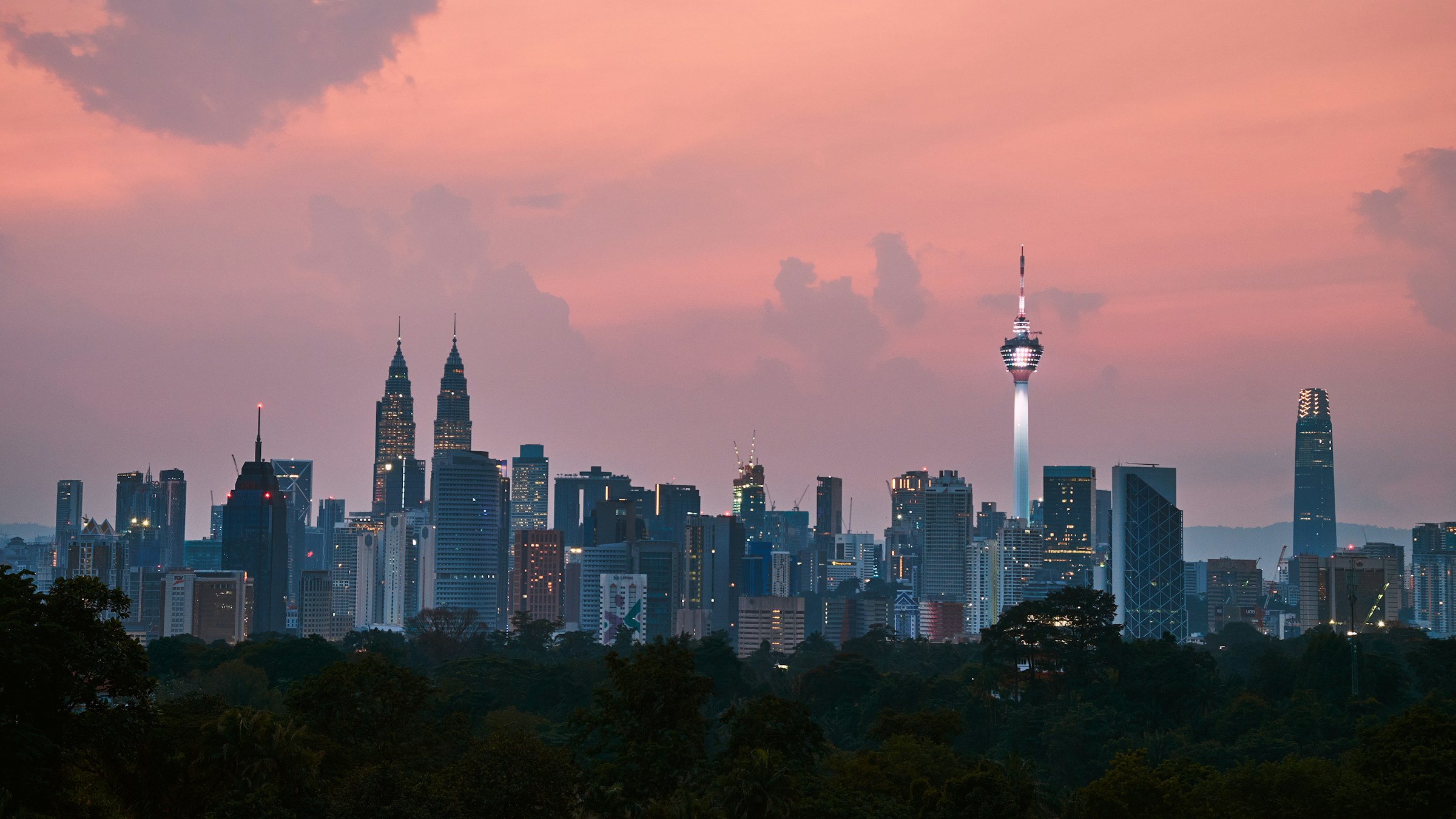The headline figure—Malaysia’s economy likely expanding 4.5% to 5.5% in Q2 2025—is easy to celebrate. But beneath the top-line optimism lies an uncomfortable truth: the GDP surge may be less about sustainable demand and more about policy-induced urgency. As global tariff tensions intensify, especially under renewed US trade actions, Malaysian firms are accelerating exports in a front-loaded push to move inventory before higher barriers bite.
This isn't a story of domestic resilience. It’s a stress test disguised as growth.
According to private sector economists and regional trade monitors, the stronger-than-expected second quarter performance is heavily tied to a sharp pickup in manufacturing shipments and palm oil exports. But these are not organic expansions. They are temporal dislocations—companies rushing to fulfill overseas orders before US tariff hikes, particularly those targeting Asian goods, take full effect by Q3.
Electrical and electronics exporters, in particular, were observed pulling forward deliveries, aided by temporary shipping cost relief and backlogs clearing out of Penang and Port Klang. Capital equipment producers similarly benefited from expedited demand as US-based buyers looked to secure supply before further price adjustments.
Put simply: Q2 became a buffer quarter.
On the surface, Bank Negara Malaysia (BNM) has not dramatically shifted its monetary stance. The Overnight Policy Rate (OPR) remains at 3.00%, with official guidance holding firm on measured inflation and a neutral growth trajectory. But institutional language has notably sharpened around external headwinds, FX pass-through, and export reliance.
Currency resilience—long viewed as a core macro buffer—is no longer assumed. The ringgit’s underperformance against the dollar in June, despite a narrower rate differential than peers like Indonesia or Thailand, signals deeper capital flow sensitivity. BNM’s decision to stand pat may look conservative. In reality, it reflects limited maneuvering space: any easing risks spurring further capital flight, while tightening would crush already-stalled domestic investment momentum.
Unlike Indonesia, where domestic consumption remains a more robust counterweight to trade fluctuations, Malaysia’s growth remains disproportionately export-led. And unlike Singapore, which has fiscal space and currency management credibility, Malaysia’s policy toolkit is constrained by both public debt levels and geopolitical exposure.
This leaves the country in a liminal position—over-reliant on trade, but under-defended when trade becomes geopolitically distorted. The tariff rush that inflated Q2 may end up depressing Q3–Q4 as inventories normalize and buyers wait out new pricing.
The last comparable surge occurred in 2018–2019, during the initial US-China tariff escalations. Then, too, Malaysia saw a brief manufacturing boost followed by order stagnation and working capital stress. This time, however, the global macro cycle is less forgiving—rates are higher, buyers are more price-sensitive, and reshoring pressures are more permanent.
Institutional capital is already recalibrating. Bond inflows softened in late June, and equity outflows picked up modestly as allocators weighed tariff spillovers and possible US demand deceleration. Malaysia’s pension funds and sovereign investors are likely holding current positions but reallocating new capital cautiously—favoring defensive infrastructure and ASEAN ex-Malaysia exposure.
Short-duration bond demand remains firm, but long-duration appetite is thinning. Currency hedging costs are also rising as forward premia widen. For foreign institutional investors, Malaysia’s real rate advantage is shrinking—while regulatory predictability remains a concern amid fragmented tariff diplomacy.
Private credit demand from mid-sized exporters has surged, suggesting liquidity cushions are being built. But this, too, may reflect hedging behavior more than expansion conviction.
At the margin, GLICs appear to be absorbing more local issuance, signaling subdued international appetite. Meanwhile, Gulf-based funds have paused new infrastructure mandates, awaiting clearer fiscal posture. The capital base isn’t retreating—yet—but its patience is visibly conditional.
Malaysia’s Q2 GDP strength may not reflect structural momentum—it reveals a tactical sprint to front-load exports ahead of worsening trade friction. The policy posture remains reactive, not proactive, constrained by external price setting and internal fiscal limits. Capital allocators should read the signal less as resilience and more as distortion.
What looks like headline growth is, in fact, a margin compression cycle deferred. Companies are meeting demand now under the shadow of future uncertainty, not in response to robust order books. As inventories unwind and trade settlements rebalance, Q3 could expose weaker downstream linkages, especially in domestic logistics, SME subcontracting, and working capital health.
Crucially, this period may mark a turning point in how sovereign funds and credit allocators assess Malaysia's export dependency. The fragility isn't in the growth number—it’s in the source of it. This quarter tells us less about expansion and more about exposure. Resilience isn’t measured in shipments. It’s measured in what comes next.















